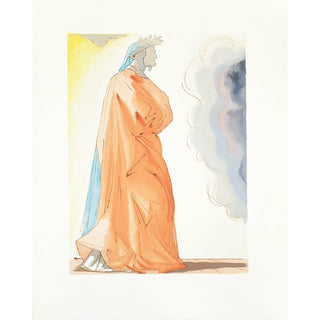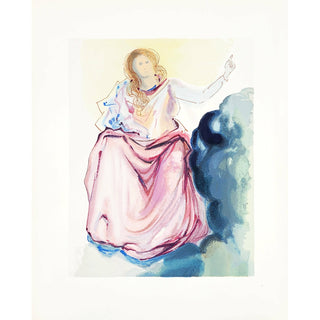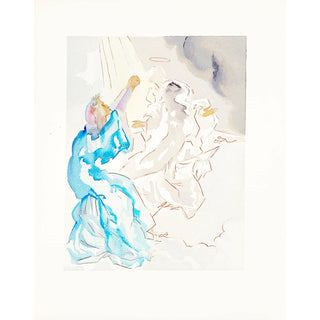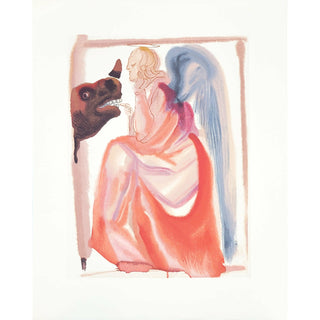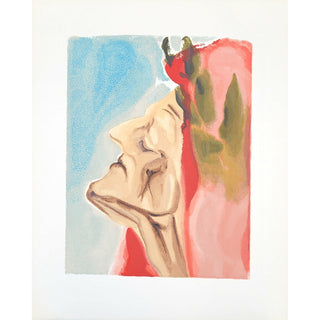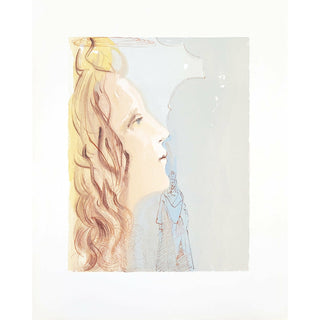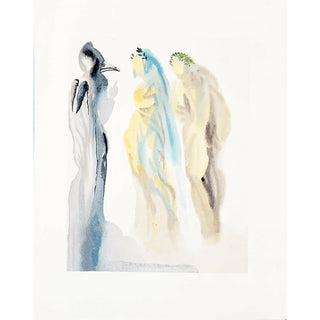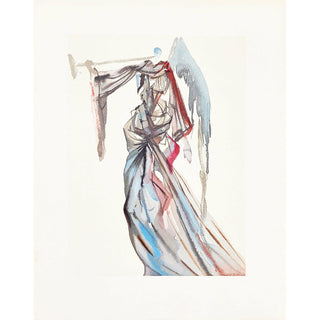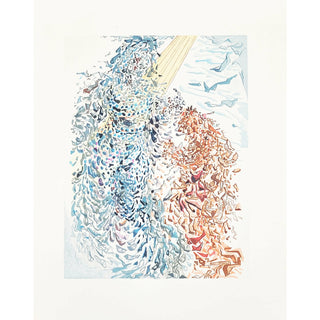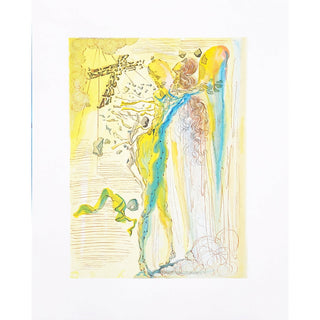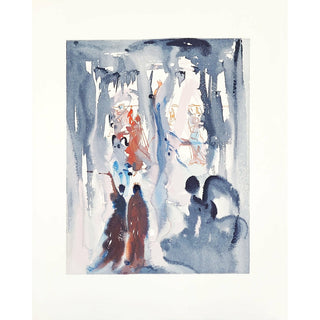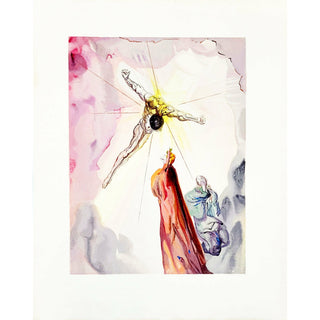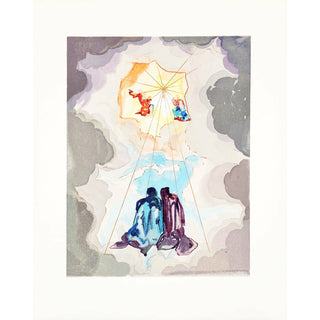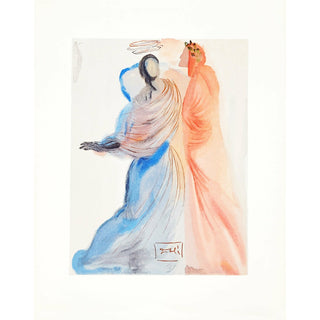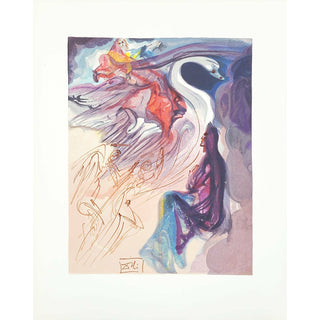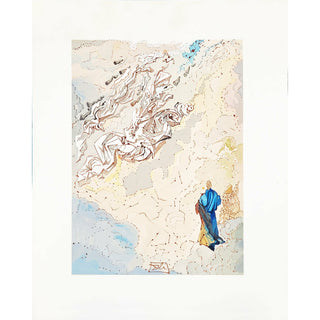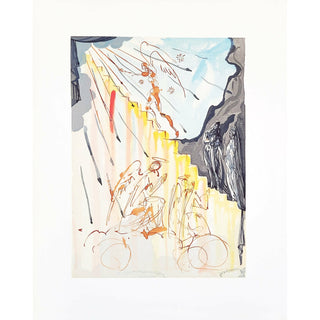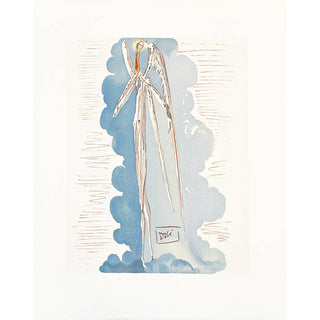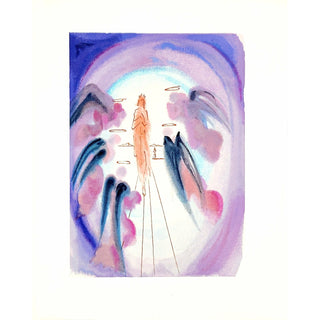The Divine Comedy
Sort + Filter
The Creation of Dali's Divine Comedy
In 1950, Salvador Dalí was invited by the Italian government to commemorate the 700th anniversary of the birth of Dante Alighieri, Italy’s most famous poet, by creating a series of illustrations for Dante’s masterpiece, Divina Commedia. Dante’s epic poem is considered one of Italy’s national treasures.
Written in first person, it describes Dante’s journey through Hell (Inferno), Purgatory (Purgatorio) and Heaven (Paradiso) in 100 verses, so called cantos. The poet Virgil guides him through Inferno and Purgatorio, while Beatrice, Dante’s ideal woman, takes him through Paradiso. Beatrice was a woman from Florence whom Dante had met in childhood and admired from afar.
At a deeper level the story represents, allegorically, the journey of life in the search of purpose and higher values.
Dante Alighieri (1265-1321) was a great poet and a master of Italian literature. The Divine Comedy is a milestone in the history of European literature. It was the first literary narrative not written in Latin, as it was customary during the Middle Ages, but used the common Italian language widely spoken in Tuscany.
Learn more about the Divine Comedy suite and how it was created.

